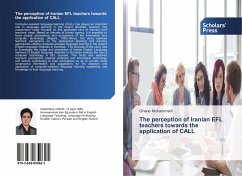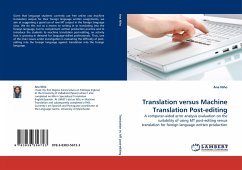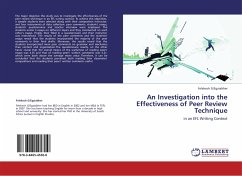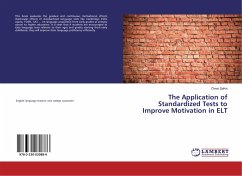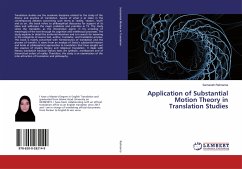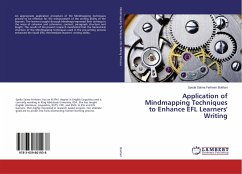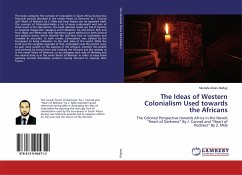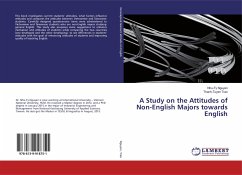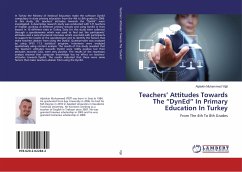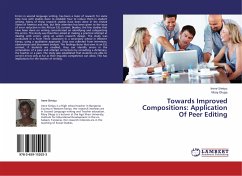
Towards Improved Compositions: Application Of Peer Editing
Versandkostenfrei!
Versandfertig in 6-10 Tagen
33,99 €
inkl. MwSt.

PAYBACK Punkte
17 °P sammeln!
Errors in second language writing, has been a topic of research for some time now with studies done to establish how to reduce them in student writing. Many of these research studies have been done in the United States of America and Asia, but little attention has been given to the issue of error reduction in the African ESL context. Besides, the few studies that have been done on writing concentrated on identifying and categorizing the errors. This study was therefore aimed at making a practical attempt at dealing with errors, using an action research design. The study was conducted in a Form...
Errors in second language writing, has been a topic of research for some time now with studies done to establish how to reduce them in student writing. Many of these research studies have been done in the United States of America and Asia, but little attention has been given to the issue of error reduction in the African ESL context. Besides, the few studies that have been done on writing concentrated on identifying and categorizing the errors. This study was therefore aimed at making a practical attempt at dealing with errors, using an action research design. The study was conducted in a Form Three classroom in a secondary school in Western Kenya, using a qualitative approach. Data was collected from interviews, observations and document analysis. The findings show that even in an ESL context, if students are enabled, they can identify errors in the composition of a peer and attempt corrections by consulting a dictionary, the teacher or a peer. The study also established that students are able to correct errors only as far as their linguistic competence can allow. This has implications for the teacher of writing.



